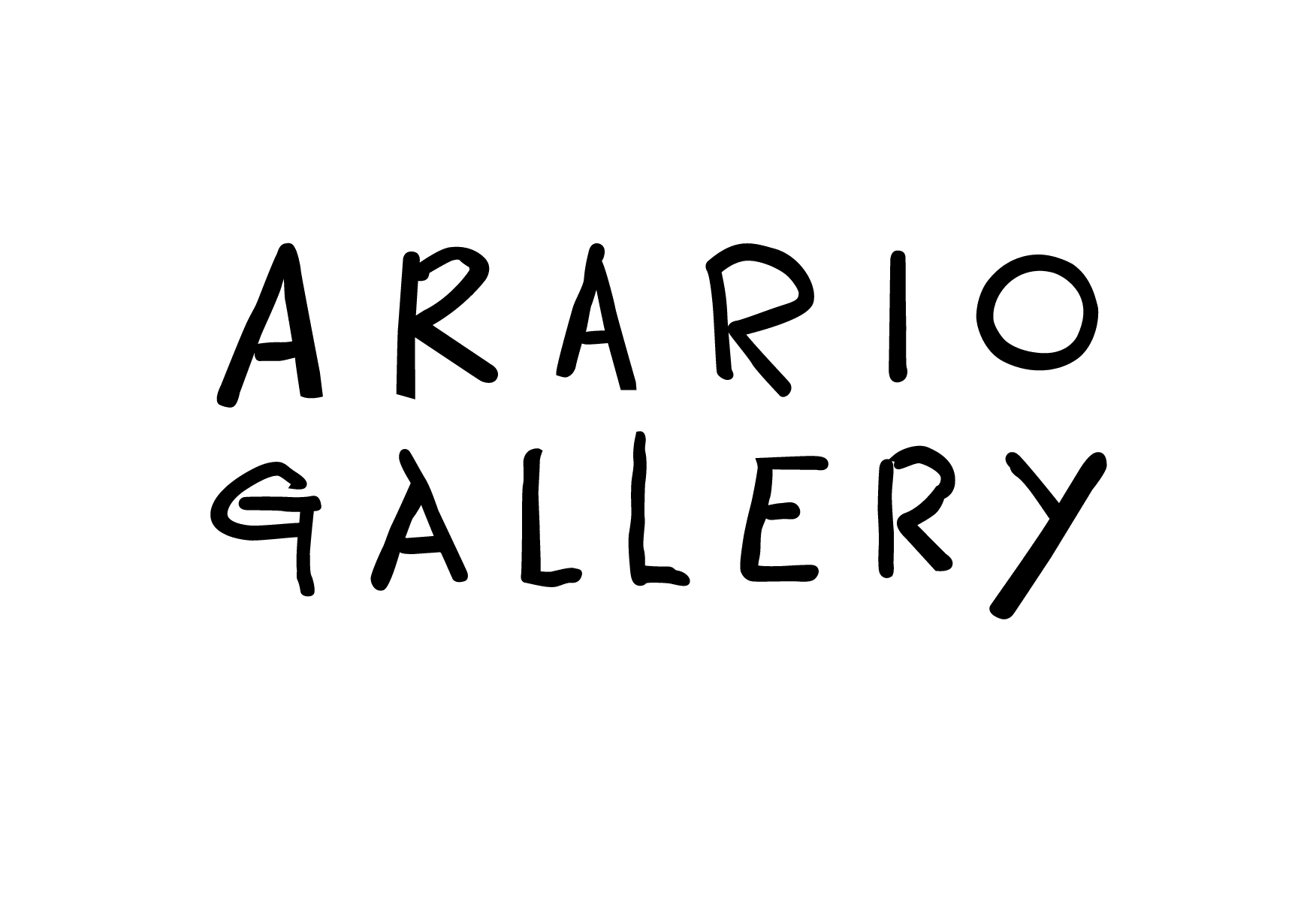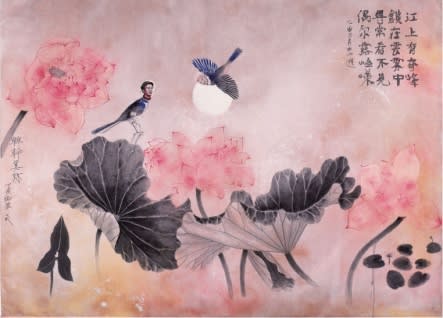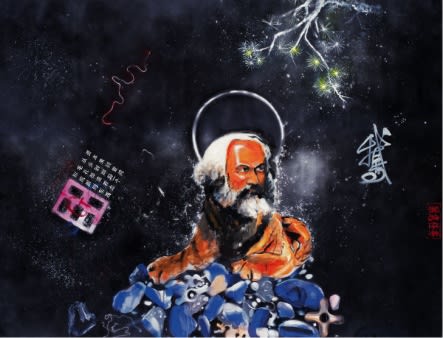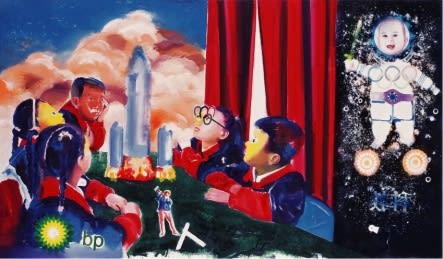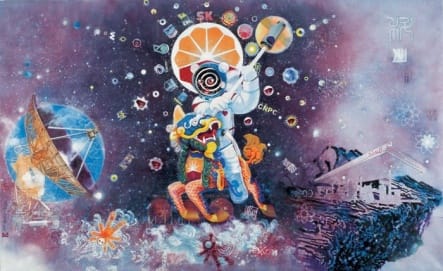WANG Mai
The young artist Wang Mai (b. 1972), born in Heilungkiang of northeastern China and works in Beijing, will show another solo exhibition in Arario Seoul 2008 following the solo exhibition in Arario Beijing 2006.
Without receiving the formal fine arts education, he created non-standardized and original world, and it greatly affected to his philosophical view on seeing the nature, the other side of phenomena. Wang Mai’s philosophical view and artistic provocation on his work come from his thorough observation and insight on problems of the current rapid changing Chinese society. It brings up the logical link between various images and meanings reflected on the reverse side of those images.
In order to approach the back side of social and cultural phenomena with an artistic method, Wang Mai was influenced by the archeological observation of Michel Foucault, French structuralism thinker and philosopher tried to find the foundation of human thought from the system of ‘unconscious culture’. Wang Mai’s archeological observation did not attempt deductive or totalitarian interpretation but treated each individual episode, and he tried to originate comprehensive vision on structures of the times. Thus, in his work, images are not an important source in terms of a shape or an original form of concrete image; rather, he composed fragmented images from history or legend to pay attention to the relation of the other side of Chinese history and social phenomena of modern China. Those images are connected to each other on canvas and newly produce multilayered meanings.
There is always a gap between philosophy of an artist and expression of one’s artwork. In order to overcome this fact, Wang Mai directly expressed chosen images for his work, and this shows both Chinese color and uniqueness. His expression embodies many contradictory incidents, social phenomena, and historical facts, or he mixed seemingly unrelated and complicated images on one canvas. Especially, he maintains an ambiguous view on Chinese ancient ancestor’s painting style - he rejects or accepts it as occasion demands - and this rather provides humor on his work. The genius of Wang Mai is revealed while he is selecting, distributing, grafting, transforming, repositioning, and assembling images. And while he is mixing this illusion, he conveys the ideology of the reverse side of visually revealed images and the intention of true existence.
His works criticize the logic of power on the back side of mass media of modern society, overflowing of popular culture, flow of capital by globalization, energy crisis, and phenomena of the rapid changing Chinese society. For example, in his work, the names of global energy related enterprises such as CNPC (China National Petroleum Corporation), SK, Chevron, Shell, EXON, Phillips, Repsol YPF are appeared. These chosen images and languages are used for find out the essence of phenomena or situation; consequently, his art world takes the important place in Chinese modern art.
Wang Mai exhibited his work at the European galleries and major galleries in China such as Alexander Ochs Gallery Berlin I Beijing, Hongkong Kwai Fung Gallery, Beijing Art Now Gallery, and he received Contemporary Art Prize from American Asia Culture Council (ACC) in 2002. I wish you to experience Chinese young artist Wang Mai’s art world receiving attentions throughout paintings, sculptures, and installations shown in this Arario Seoul exhibition.
